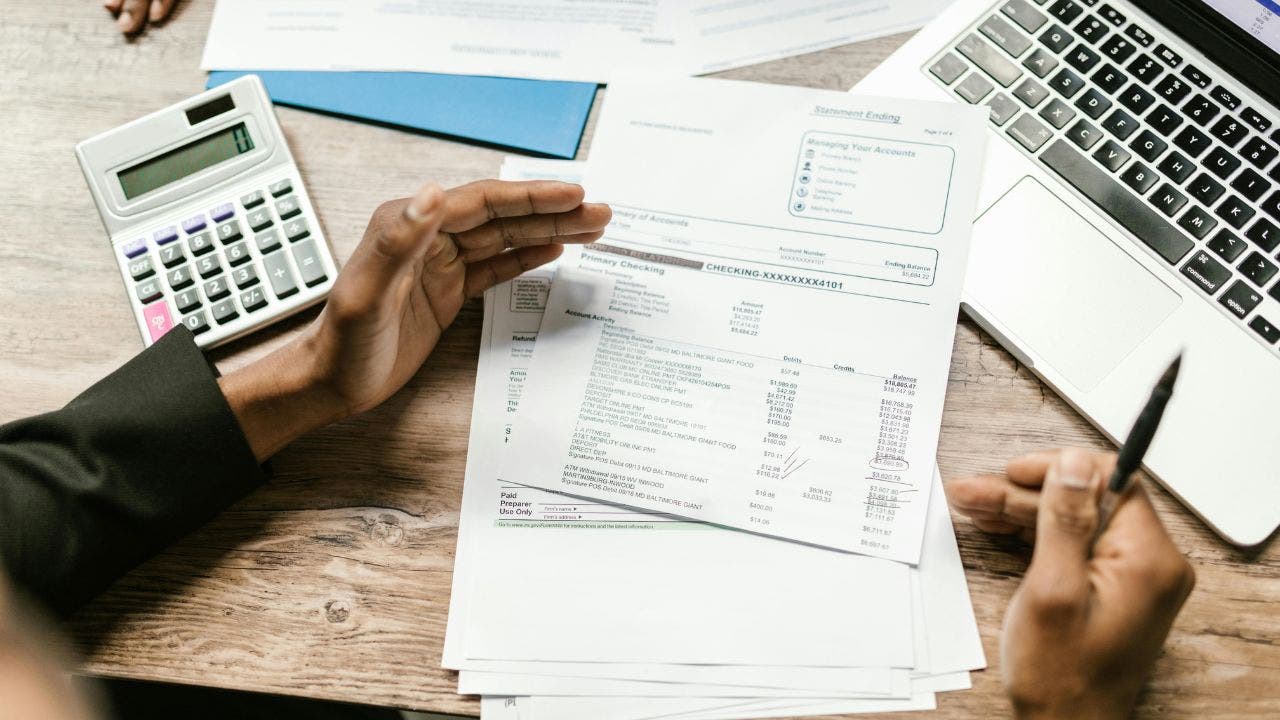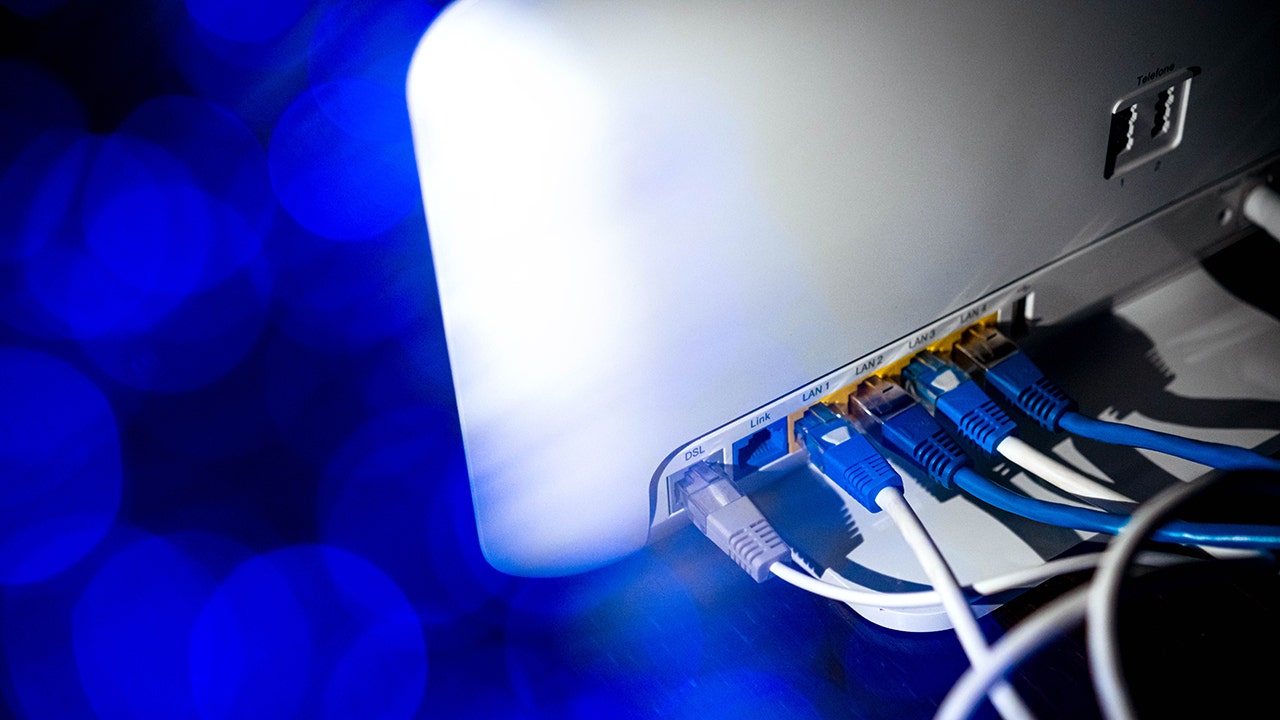Check washing fraud surges with new techniques as criminals target your mail

Once considered an old-fashioned crime, check washing has roared back to life with alarming sophistication. Criminals are not just targeting personal checks anymore. They are exploiting every vulnerability in the mailing and banking system to cash in on stolen funds. As check fraud incidents continue to rise sharply across the country, it is more important than ever to understand how check washing works and what you can do to protect yourself. Here is what you need to know to stay ahead of the scammers.
What is check washing fraud?
Check washing fraud happens when a scammer steals a check you have written, erases the ink using chemicals like acetone or nail polish remover, and rewrites it to a new recipient. Often, they will change the amount to something much higher. The altered check is then deposited or cashed, and the funds are drained from your account before you even realize something is wrong.
Why it’s dangerous:
Check washing does not require much technical skill.
It can happen with checks you leave in your outgoing mail.
Even mailed bill payments are vulnerable if not handled securely.
Unlike digital fraud, check washing often goes unnoticed until long after the damage is done. Because checks can take days or even weeks to clear through the banking system, criminals have plenty of time to deposit altered checks and move funds before victims realize anything is wrong. By the time the missing money is discovered, tracing it back to the scammer can be extremely difficult. This delay makes it critical to monitor your accounts closely and act quickly if you spot any suspicious activity.
How check washing has gotten worse
Since 2023, check fraud has exploded in the United States. The surge in fraud reports reflects more than just isolated criminal acts. Organized crime rings are increasingly turning to check washing as a hybrid crime, blending old-school mail theft with new digital tools like AI. Fraudsters now use advanced technologies to forge identities, alter check images and exploit gaps in banking security, making check washing more sophisticated than ever. As financial institutions strengthen cybersecurity defenses, scammers are targeting physical mail systems as a weaker link to bypass digital barriers.
New tricks criminals are using
Fraudsters have adapted their methods to stay ahead of law enforcement and banks.
Mobile deposit fraud: Criminals alter check images or deposit the same check into multiple accounts.
Synthetic identity fraud: Scammers create fake identities using AI-generated documents to open accounts and cash stolen checks.
Business Email Compromise (BEC): Attackers impersonate executives or vendors to convince companies to send checks to fraudulent accounts.
Criminals are combining old techniques like mail theft with new digital strategies, making check washing harder to recognize and prevent without proactive security measures. Recent advancements in AI technology have made it easier for scammers to forge realistic-looking documents, generate convincing fake identities and create sophisticated phishing emails. AI-generated fake IDs and altered check images can pass basic verification checks that would have caught manual forgeries in the past. This shift means check fraud is no longer just a matter of stealing a physical check, but exploiting digital vulnerabilities at every stage of the banking process.
How to protect yourself from check washing fraud
Here are 14 essential protective measures to shield yourself from check washing scams.
Use a black gel pen: When writing checks, always use a black gel pen. The ink is much harder to remove compared to regular ballpoint pen ink.
Bring checks directly to the post office when mailing them: If using a mailbox, make sure to drop off your mail before the final scheduled pickup so it is not left sitting overnight.
Sign up for USPS Informed Delivery: Stay ahead by signing up for USPS Informed Delivery. You will receive digital previews of incoming mail so you can monitor for any missing items early.
Monitor your bank accounts: Set up real-time alerts for check clearing and review your statements weekly to catch any suspicious activity. Also, ask your bank about any other fraud-prevention tools they offer to protect your accounts.
Switch to digital payments when possible: Use your bank’s mobile app to deposit checks without mailing or physically delivering them, reducing the risk of theft or tampering.
Use checks with built-in security features: Choose checks printed on paper with watermarks, chemical-sensitive coatings or other security features that make check washing much harder.
Limit the information on checks: Avoid unnecessary personal details. Do not print your Social Security number, driver’s license number or phone number on your checks. The less information available, the less a fraudster can use.
Store checks securely: Keep blank checks in a safe place. Store your checkbook in a locked drawer or safe, not in your purse, car or an easily accessible location at home.
Check your mailbox security: Install a locking mailbox. If possible, use a mailbox with a lock to prevent thieves from stealing outgoing or incoming mail.
Be cautious with endorsements: When endorsing checks, write “For Deposit Only” along with your account number to prevent others from cashing the check.
Enroll in identity theft protection with check fraud specialization: Choose services that specifically monitor for compromised check details on dark web marketplaces and alert you to suspicious check-cashing patterns.
Invest in personal data removal services: Minimize exposure of sensitive details (like addresses or banking affiliations) that fraudsters could exploit for check-washing scams.
Shred sensitive documents: Shred old checks and bank statements. Don’t just throw them away. Shred any documents with sensitive banking information.
Report suspicious activity immediately: If you suspect check fraud or missing mail, report it to your bank and the U.S. Postal Inspection Service right away.
Use Positive Pay if you are a business: Positive Pay is a fraud prevention service offered by most banks to business customers. It works by matching the checks you issue with the ones presented for payment. If something doesn’t add up, like a changed amount or payee, the bank flags it for your review before it’s processed. You usually need to sign up through your bank, and there might be a fee, but it’s a smart way to protect your business from check fraud, especially if you write a lot of checks.
What to do if you are a victim
If you think you have been targeted by check fraud, time matters. The faster you act, the better your chances of recovering lost funds.
Check washing fraud is growing rapidly, and criminals are becoming more organized and sophisticated. Simple habits like using gel pens, securing your mail and monitoring your financial accounts closely can make a big difference. Services like identity theft protection and data removal can also help reduce your risk of becoming a victim. Stay vigilant and proactive to protect yourself from check washing scams.




